Top Things to Know Before Buying Small House Plants
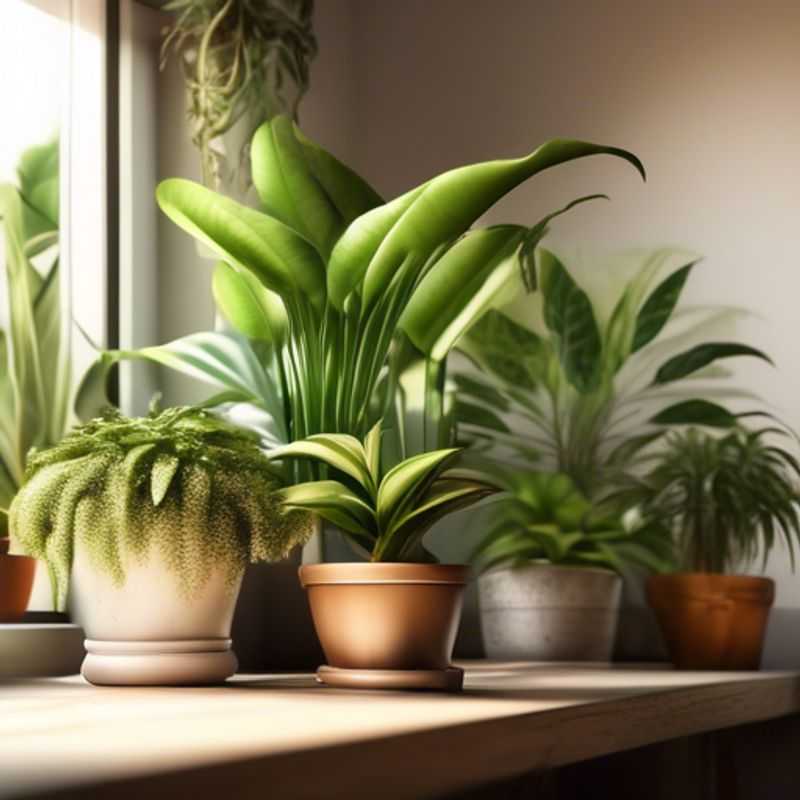
Light, Space, Water, Drainage, Soil, Pests, and Sunlight: Your Essential Guide to Small Houseplant Success
Bringing a bit of nature indoors with small houseplants is a wonderful way to brighten up your space and improve your well-being. But before you head to the garden center, there are a few crucial things to consider to ensure your new green friend thrives. Here's a quick checklist to make your plant parenting journey a success:
1. Lighting Requirements: Every plant has its own sun preference.
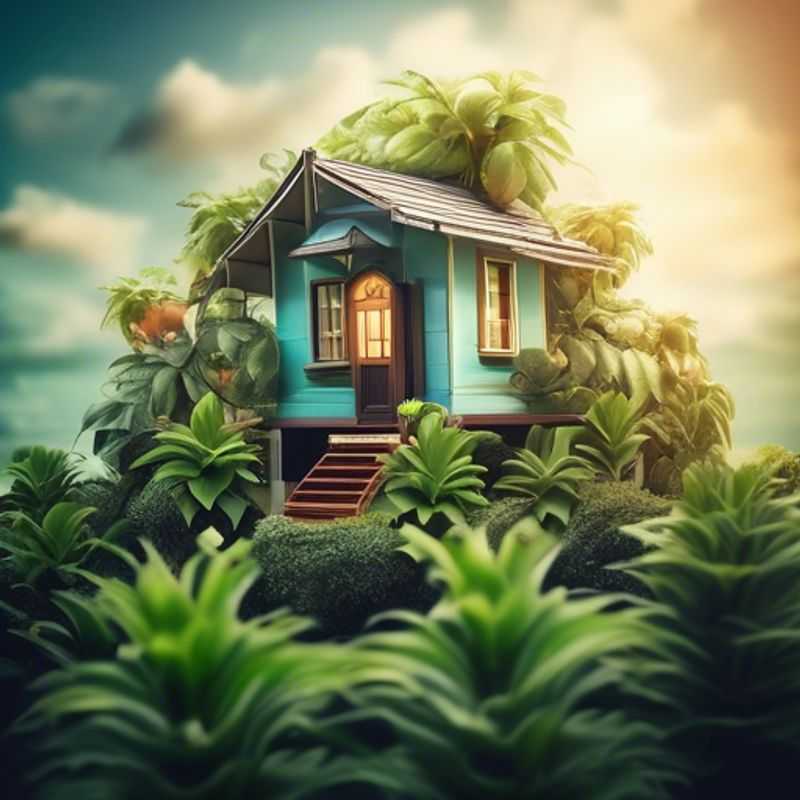
Unveiling the Light Requirements: How to Choose the Perfect Lighting for Your Plant's Species
Determining the right lighting for your plants is crucial for their health and growth. Every plant species has specific light requirements based on its natural habitat. Understanding these needs is key to providing the optimal environment for your plants to thrive.
Light intensity is a major factor. Plants can be categorized based on their light needs:
Low-light plants, like Snake Plants and ZZ plants, tolerate shady conditions and can flourish with indirect light.
Medium-light plants, such as Peace Lilies and Pothos, prefer bright, indirect light.
High-light plants, including most succulents and tropical plants, require direct sunlight for several hours a day.
Light duration, or the number of hours of light a plant receives daily, is also important. Some plants require a specific photoperiod (the duration of light and darkness in a 24-hour cycle) for blooming or other growth stages.
Light quality refers to the color spectrum of light. While most plants thrive under white light, some may benefit from specific wavelengths, like red and blue light, which are essential for photosynthesis.
The type of light source also matters. Natural sunlight is ideal, but artificial lighting, like fluorescent or LED lights, can be used to supplement or replace it. When using artificial lighting, be sure to consider the light intensity and duration needed for your specific plants.
To determine your plant's specific light needs, research its species and consult reputable online resources or gardening books. Observation is also key; notice how your plant reacts to its current light conditions. If it's showing signs of stress, like wilting or yellowing leaves, you may need to adjust its lighting.
Providing the right light for your plants is an investment in their health and longevity. By understanding their specific needs, you can create the perfect environment for them to thrive and bring beauty to your home.
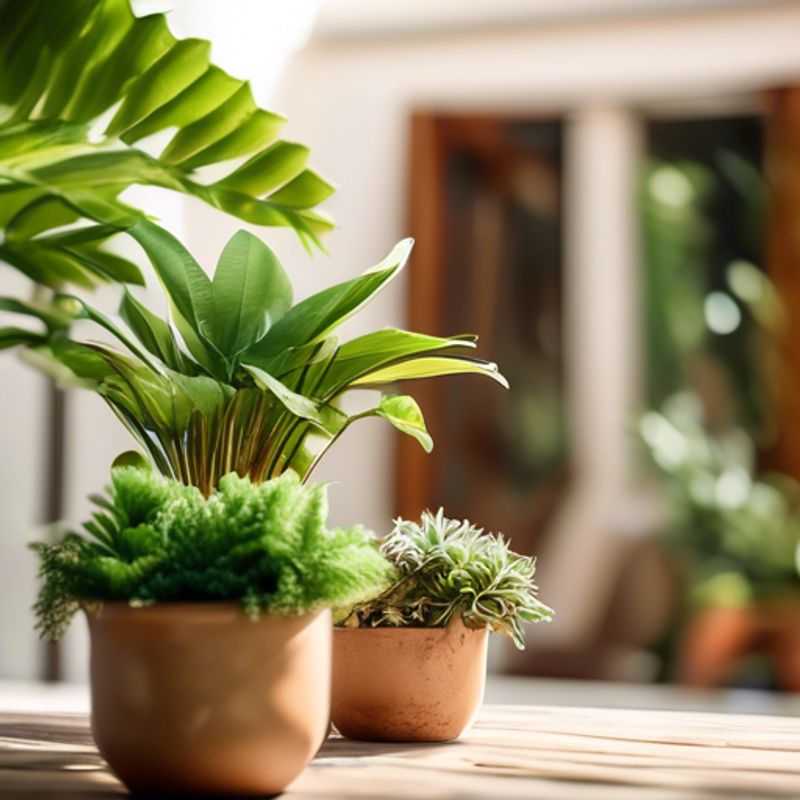
Choosing the Right Plant: Size Matters!
Choosing the right plant for your home involves considering its size and the space available. It's a simple yet crucial factor in ensuring both your plant's health and the aesthetic harmony of your living space.
Measure the area where you intend to place the plant, taking note of the height, width, and depth. Consider the plant's mature size and growth habit. For instance, a large, sprawling plant might not thrive in a small corner, while a compact, upright plant might be ideal for a bookshelf.
This careful consideration ensures sufficient room for the plant to grow without being overcrowded or causing potential hazards like blocking walkways or obstructing windows. It's about finding that sweet spot between aesthetics and practicality, creating a comfortable environment for both your plant and yourself.
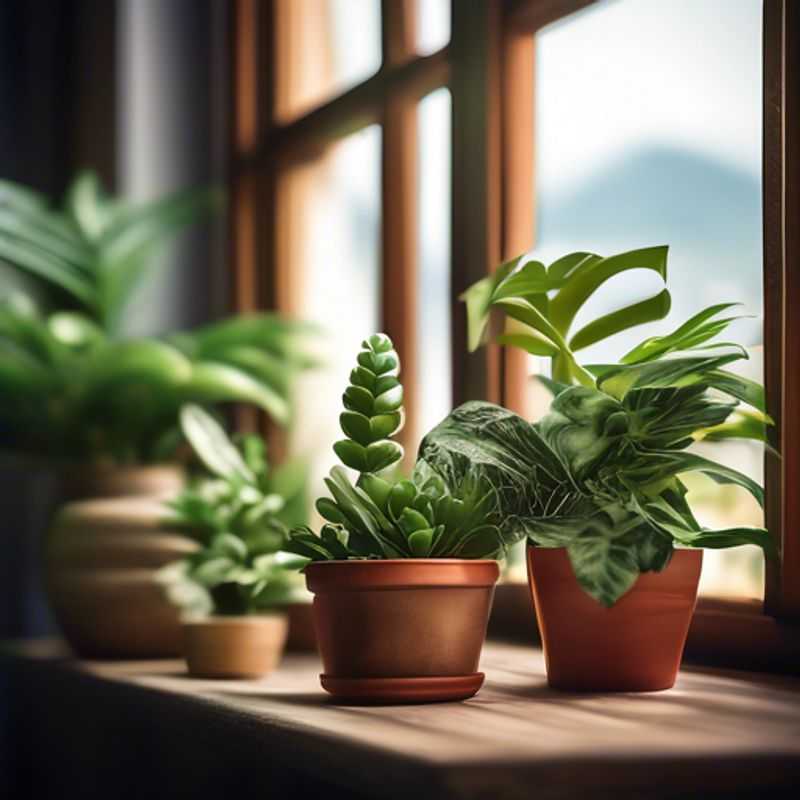
Understanding Your Plants: Watering Requirements and Adjustments
Understanding the watering requirements for plants is crucial for their growth and health. Different plants have varying needs based on factors such as species, climate, and soil type. To ensure optimal growth, you should research specific watering needs for each type of plant you have. This includes knowing whether they prefer moist, well-drained, or dry conditions.
Adjusting your watering routine is equally important. Factors like seasonal changes, humidity, and temperature can affect how much water your plants require. During hot weather, for instance, you may need to increase watering frequency. Conversely, in cooler months, less frequent watering is often sufficient.
When planning your watering schedule, consider using tools like a moisture meter to assess soil dampness accurately. This will help you avoid overwatering or underwatering, which can harm your plants. Additionally, setting up a drip irrigation system can be a practical investment, ensuring consistent and efficient watering.
In summary, understanding and adjusting the watering requirements of your plants is vital. Research their specific needs, monitor environmental conditions, and be prepared to make changes accordingly. This approach will not only promote healthier plants but also enhance your gardening experience.
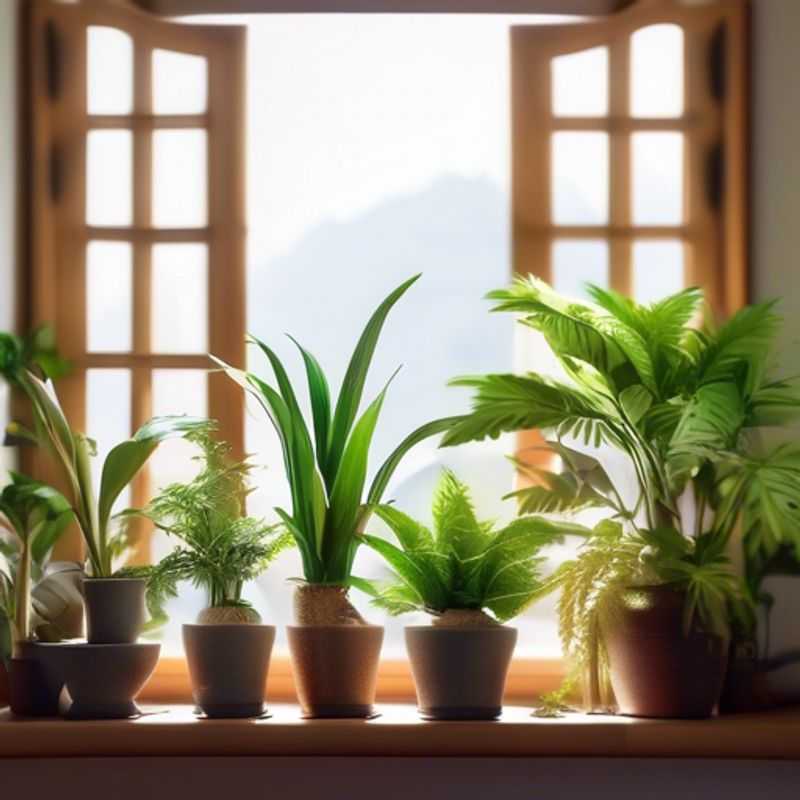
Drainage: Preventing Root Rot and Keeping Your Plants Healthy
Proper drainage is essential for healthy plant growth and prevents root rot. When water accumulates in the soil, it creates an oxygen-deprived environment that suffocates roots, leading to decay. To ensure adequate drainage, choose a container with drainage holes at the bottom. This allows excess water to escape, preventing the soil from becoming waterlogged.
You can also improve drainage by using a potting mix that contains perlite or vermiculite, which enhance aeration and drainage. If your container lacks drainage holes, consider drilling some to promote water flow. Additionally, ensure that the container is not sitting in a saucer or tray that traps water.
By following these simple steps, you can create an optimal growing environment for your plants and protect them from root rot. Remember, good drainage is fundamental for plant health and longevity.
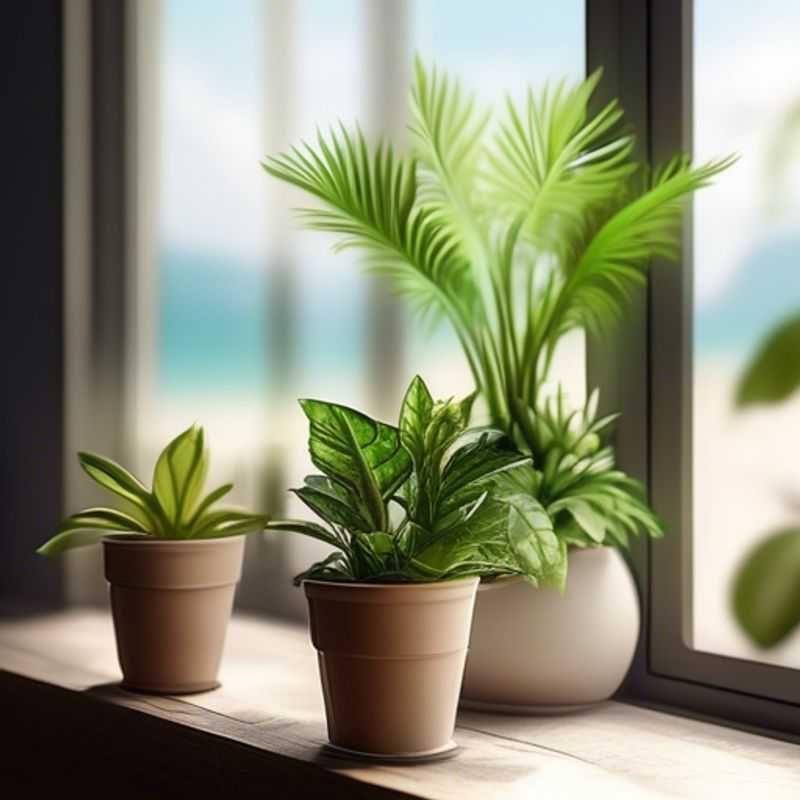
Unlocking Your Plant's Secrets: Understanding Soil and Humidity
Understanding your plant's preferred soil type and humidity levels is crucial for their health and well-being. It's like knowing what kind of food and water they need to thrive! Think of it as their individual needs and preferences.
Soil type refers to the texture and composition of the soil. Some plants, like succulents, prefer well-draining, sandy soil, while others, like ferns, need rich, moist soil. You can find information about your specific plant's soil preference online or on plant tags.
Humidity is the amount of moisture in the air. Some plants, like orchids, thrive in high humidity, while others, like cacti, are adapted to dry environments. You can increase humidity around your plants by grouping them together, using a humidifier, or placing them on a pebble tray with water.
By understanding your plant's preferred soil type and humidity level, you can create an environment where they can flourish! It's all about giving them what they need to thrive.
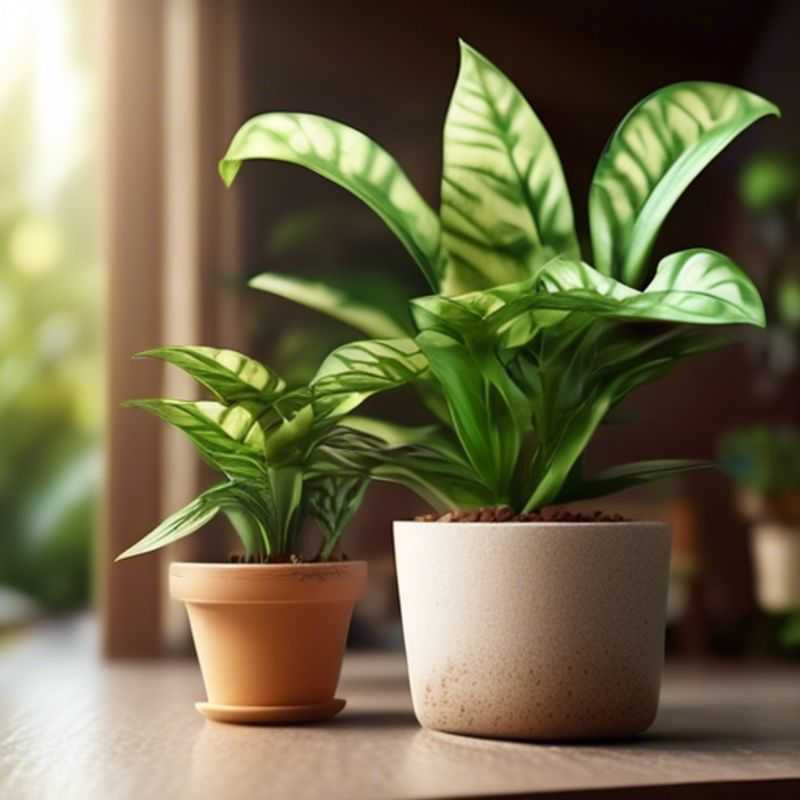
Know Your Enemy: A Guide to Common Plant Pests and Diseases
Knowing your enemy is crucial in gardening! Familiarizing yourself with common pests and diseases that target your plants is key to successful gardening. This knowledge allows for early detection and intervention, minimizing damage and saving your precious plants.
Pests can range from pesky insects to hungry mammals. Recognizing their signs is vital. Look out for holes in leaves, wilting, discoloration, or strange webs. Diseases manifest differently; fungal infections can cause spots, mold, or rot, while bacterial infections often lead to wilting and discoloration.
Thankfully, many resources exist online to help you identify common plant pests and diseases. Search using the plant type and the observed symptoms for a quick and easy identification process. Don't hesitate to consult local gardening experts or nurseries for assistance.
Once you know what you're dealing with, you can take appropriate action. Simple remedies like hand-picking pests, washing off insects with water, or adjusting watering practices may suffice. In more severe cases, organic or chemical treatments might be necessary. Always prioritize environmentally friendly solutions whenever possible, and follow the instructions meticulously.
Remember, prevention is key. Maintaining healthy plants through proper watering, sunlight, and fertilization will strengthen their natural defenses against pests and diseases. Regularly inspect your plants and take swift action if you notice any signs of trouble. This proactive approach will reward you with a thriving garden!
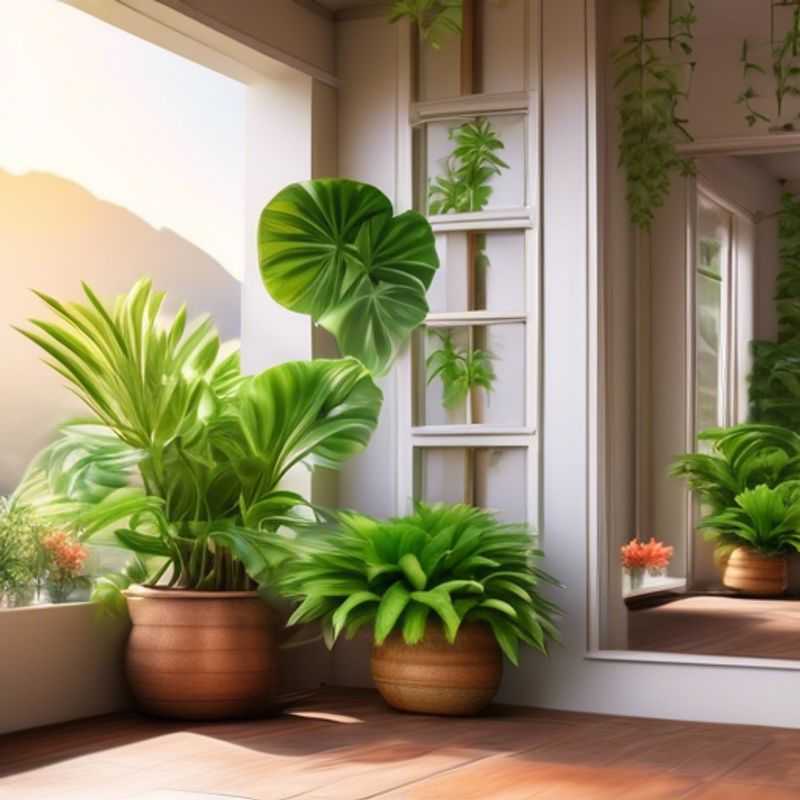
Sun-Kissed Success: How to Give Your Plants the Right Amount of Light
Sunlight is essential for plant growth, providing the energy they need to photosynthesize, a process that converts light energy into chemical energy. The amount of sunlight a plant needs varies depending on the plant species. Some plants thrive in full sun, others prefer partial shade, and some do well in shade.
Knowing the light requirements of your plants is crucial. If you provide too much or too little sunlight, your plants may not thrive. Plants that receive insufficient sunlight can become leggy and weak, while those exposed to too much sunlight may experience leaf scorch or wilting.
Understanding the sunlight needs of your plants is crucial for healthy growth. Consider the amount of light your plants receive throughout the day and adjust their position as needed. For example, a plant that needs full sun might need to be moved outside during the day and brought indoors at night. By paying close attention to their needs, you can help your plants flourish.
